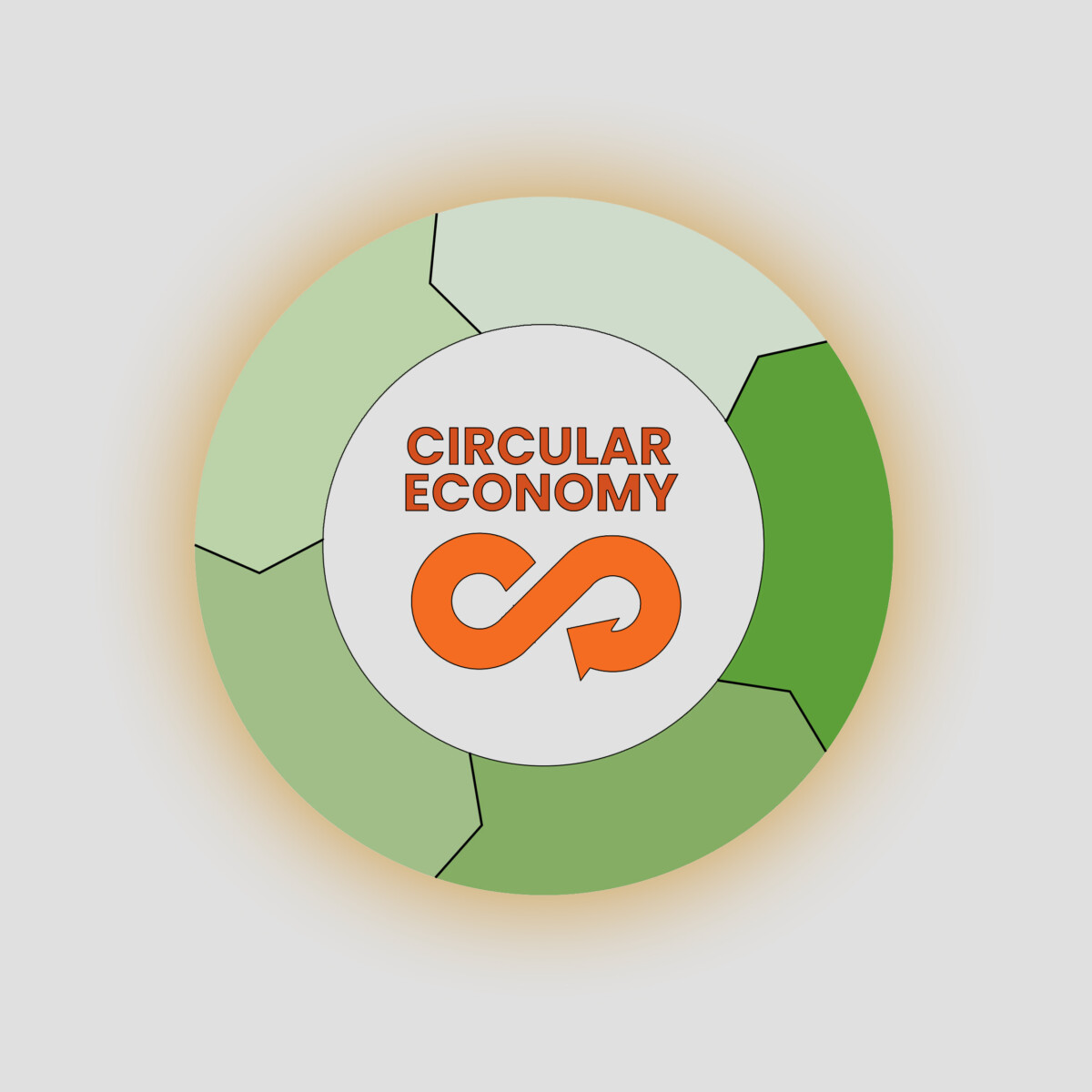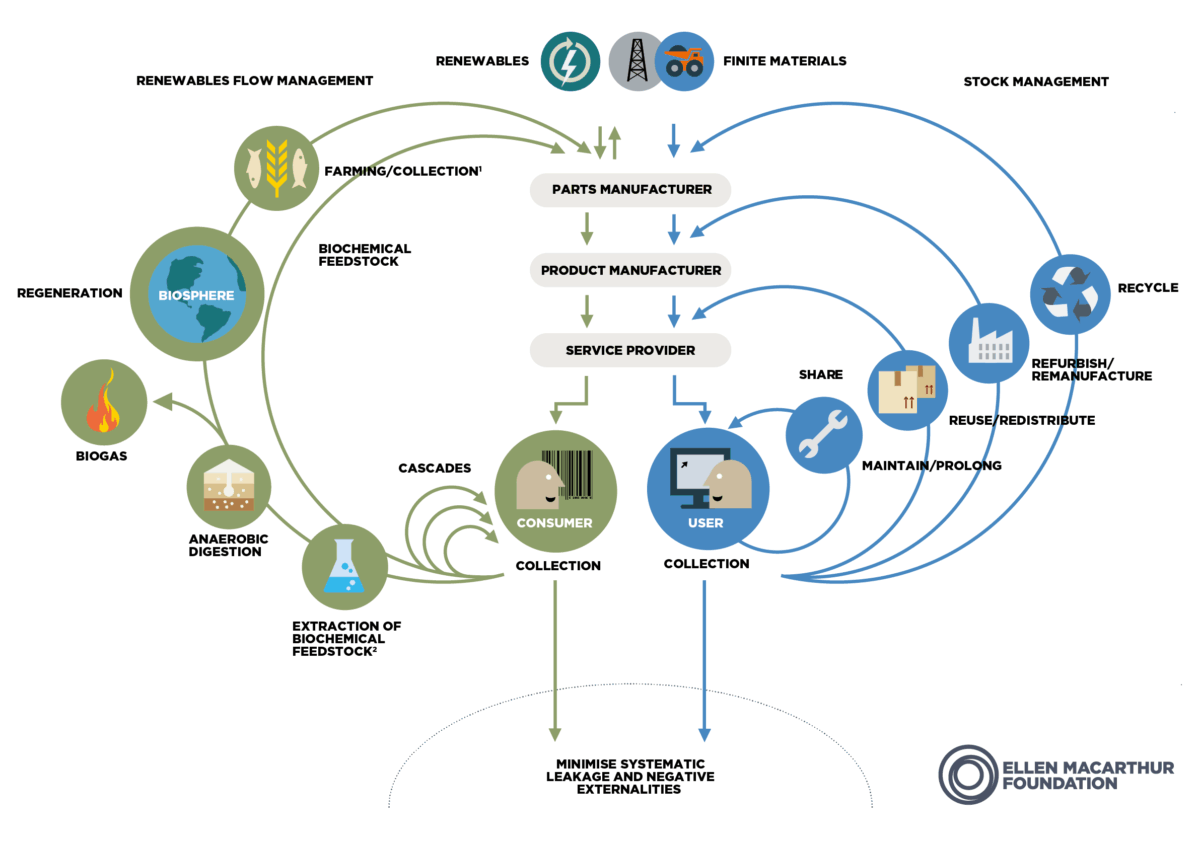19 August 2025
Circular Economy
Posted 23 June 2025 by Warren Kidson

In our day-to-day design work, circularity has quickly become part of every single one of our projects.
We work on a wide range of very different development types, but a theme for retaining or on-site repurposing existing elements is connecting more and more of them.
Within our portfolio of active projects, we are working on a scheme that retains the existing slab, steel frame, brickwork and stone features for a retail project; a scheme that fully reuses the external shell of an old supermarket as it takes a new life as self-storage; and a number of schemes that retain and upgrade existing building fabric to create new residential schemes.
The move towards prioritising circular economy has been coming over many years, but it has recently started to enter mainstream thinking. Back in November 2024 the government set up the Circular Economy Taskforce, whose role is to ‘enable co-design of the first strategy to begin the transition to a circular economy in England’.
Transforming our ‘take-make-waste’ linear economic model into a ‘take-make-use-recycle/ reuse’ closed-loop one is important not only from an environmental perspective, but also from a social, economic and even from a security perspective.
Circular economy continues to gain traction in the construction industry and it will soon become one of the key drivers transforming the built environment. The Circular Economy Strategy for England is due to be published in the coming autumn and it will include the long-term regulatory roadmap to circularity for the construction sector, which is one of the first five sectors selected as having the greatest potential to grow the economy. So – embrace it! The future is circular.
When it comes to the selection of materials, architects are used to minimising waste by designing efficiency into our projects; choosing materials with high percentages of recycled contents; and reviewing the sustainability credentials of materials specified. However, until recently it was only in some specific scenarios that our brief would include an assessment of what was already on site with a view to incorporating what we could into the design. Now, the assessment of any existing construction on site is an intrinsic part of the initial design stages of every project.
Retaining and on-site repurposing as much existing building fabric as possible is the single biggest factor reducing the amount of construction waste going to landfill and reducing carbon emissions. We look forward to implementing this approach more widely as the transition to a Circular Economy continues.
